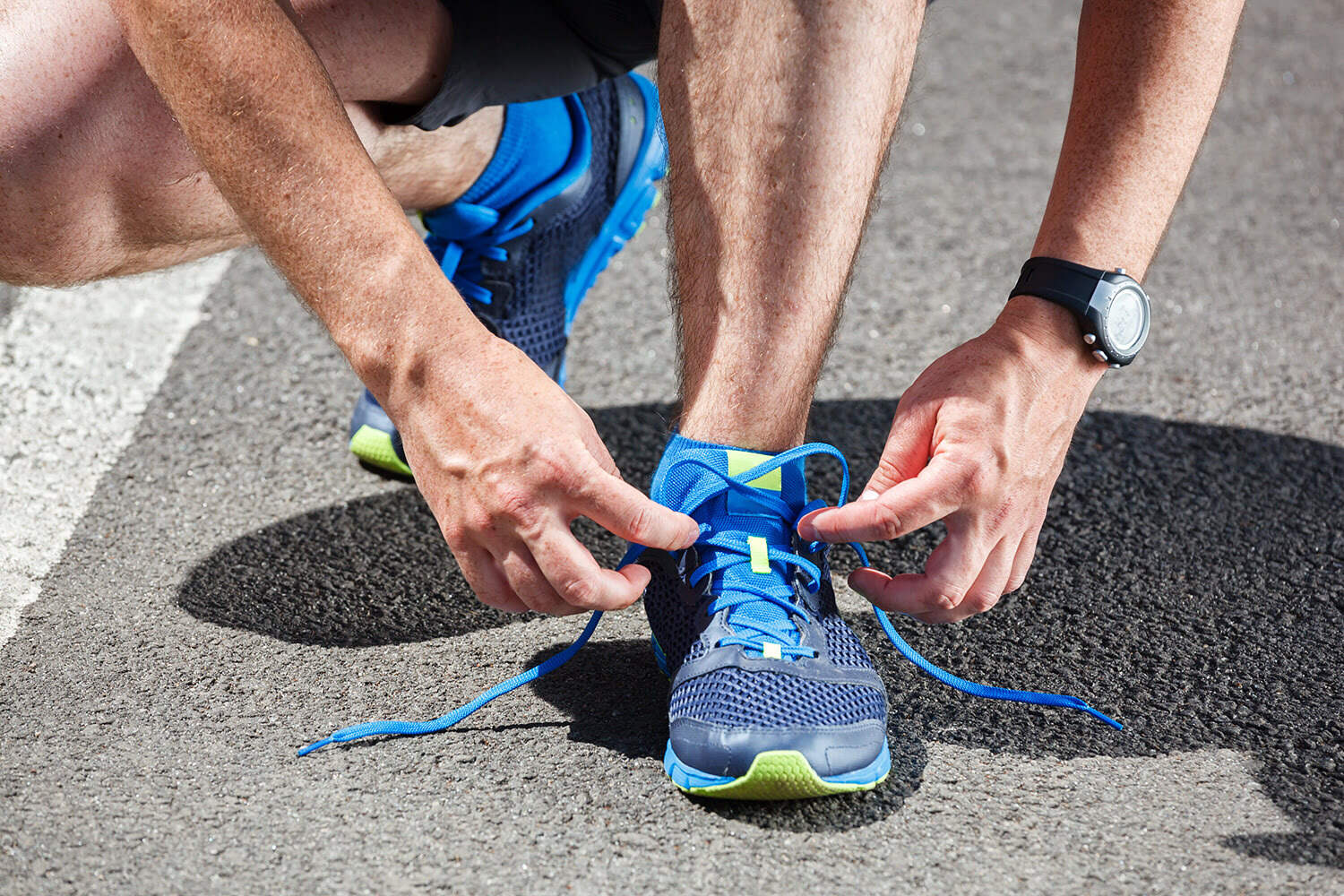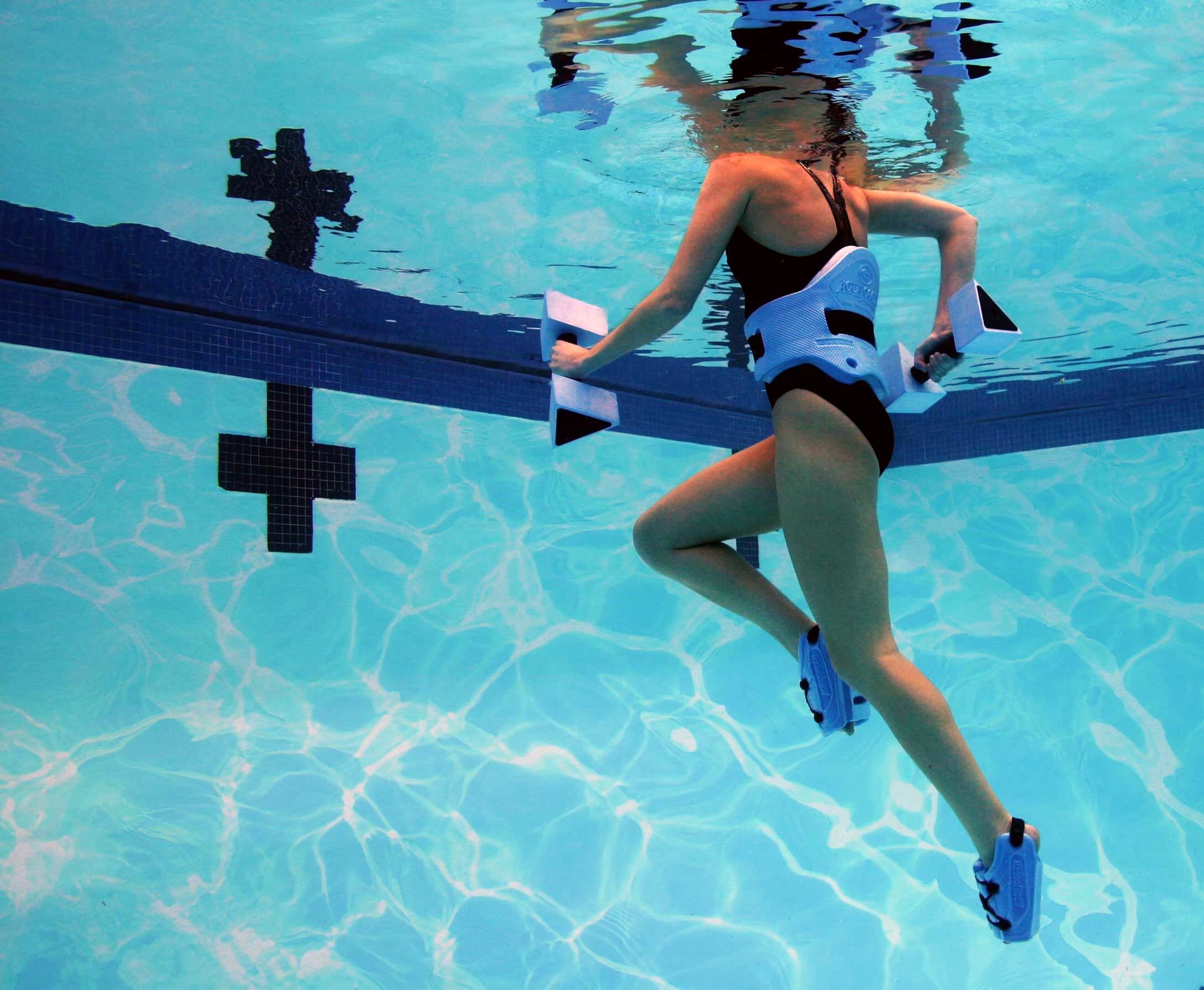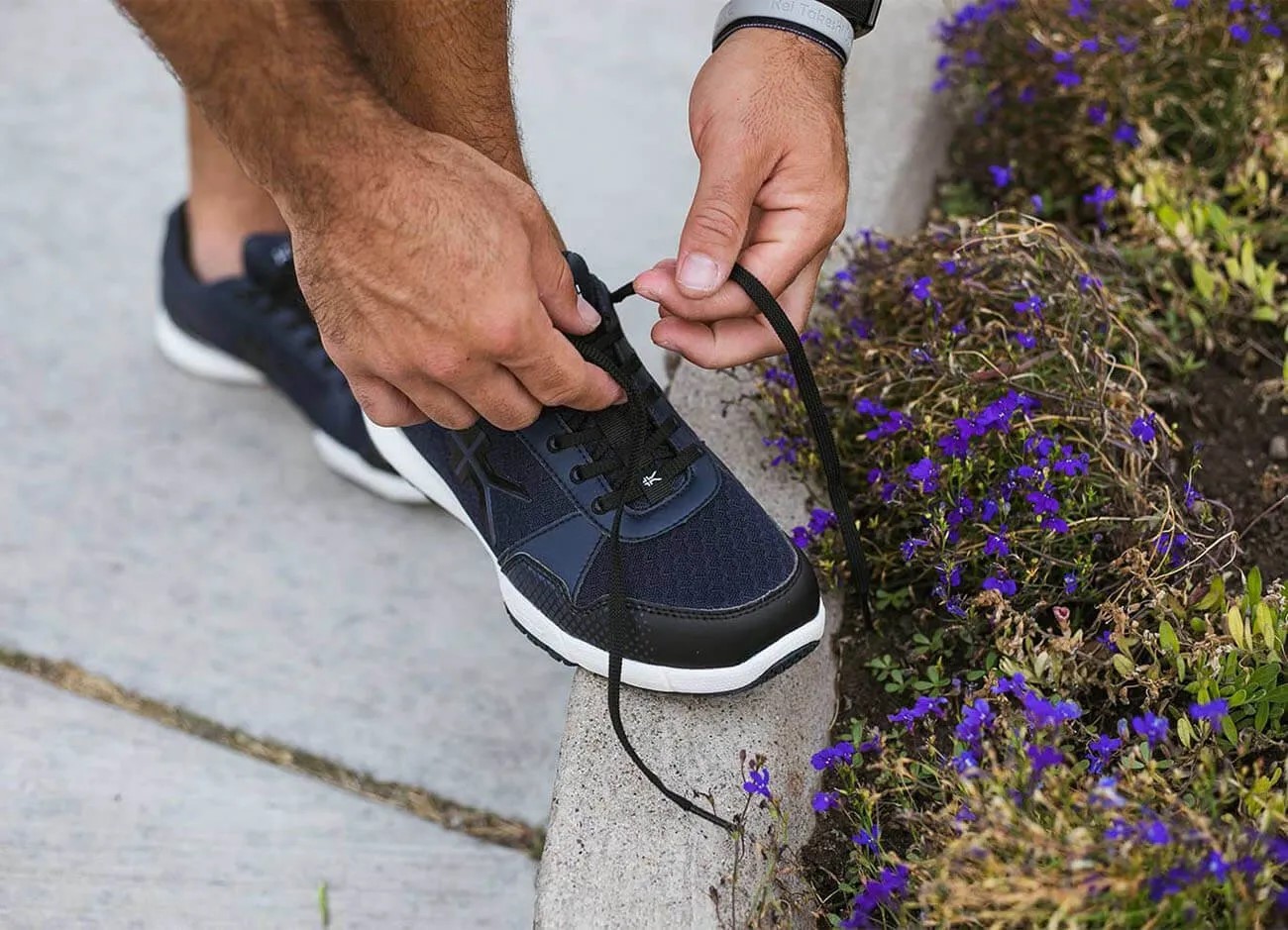Home>Training & Techniques>The Importance Of Diversifying Your Running Surfaces


Training & Techniques
The Importance Of Diversifying Your Running Surfaces
Published: March 3, 2024
Diversifying your running surfaces is crucial for effective training & techniques. Learn the importance and benefits of varying your running terrain.
(Many of the links in this article redirect to a specific reviewed product. Your purchase of these products through affiliate links helps to generate commission for Therunningadvisor.com, at no extra cost. Learn more)
Table of Contents
The Benefits of Varying Your Running Terrain
Diversifying your running terrain offers a myriad of benefits that can significantly enhance your overall running experience and performance. By incorporating a variety of surfaces into your running routine, you can enjoy a more well-rounded and effective workout while reducing the risk of overuse injuries. Here are the key advantages of varying your running terrain:
-
Enhanced Muscle Engagement: Running on different surfaces such as pavement, trails, grass, sand, or gravel requires your muscles to adapt to the varying terrain. This engagement of different muscle groups can help prevent muscle imbalances and enhance overall strength and stability.
-
Injury Prevention: Continuously running on the same surface can lead to overuse injuries due to the repetitive stress placed on specific muscles and joints. By diversifying your running terrain, you can reduce the risk of overuse injuries as different surfaces place varying demands on your body, thereby distributing the impact forces more evenly.
-
Improved Running Form: Running on diverse terrains challenges your body to adjust its biomechanics, leading to improved running form. For instance, running on trails may require shorter, quicker strides and more dynamic movements to navigate uneven terrain, which can enhance your overall running technique.
-
Enhanced Mental Stimulation: Varying your running terrain can provide mental stimulation and prevent boredom. The ever-changing scenery and challenges presented by different surfaces can keep your mind engaged and motivated, making your runs more enjoyable and rewarding.
-
Adaptation to Race Conditions: If you are a competitive runner, varying your running terrain can better prepare you for race conditions. Races often take place on a variety of surfaces, so training on different terrains can help you adapt more effectively to the challenges presented during a race.
Incorporating a mix of running surfaces into your training regimen can lead to a more well-rounded and enjoyable running experience. By embracing diverse terrains, you can enhance your physical and mental well-being while reducing the risk of overuse injuries, ultimately improving your overall performance as a runner.
How Different Surfaces Impact Your Running Form
The impact of running surfaces on your running form is profound and multifaceted. Each type of terrain presents unique challenges that directly influence your biomechanics, muscle engagement, and overall running technique. Understanding how different surfaces affect your running form is crucial for optimizing your performance and minimizing the risk of injuries.
Pavement
Running on pavement, such as sidewalks or roads, provides a relatively stable and uniform surface. The firmness of pavement facilitates a consistent push-off and landing, promoting a more linear and predictable running stride. However, the repetitive nature of pavement running can lead to increased impact on the joints, potentially causing overuse injuries. To mitigate this, it's essential to maintain proper running form and consider incorporating softer surfaces into your training routine.
Trails
Trail running introduces a dynamic and varied terrain, requiring constant adjustments in stride length, foot placement, and balance. The uneven surfaces, inclines, and obstacles encountered on trails demand greater engagement of stabilizing muscles and a more agile running form. Negotiating roots, rocks, and changes in elevation prompts a shift towards a more adaptive and responsive running style, enhancing overall agility and proprioception.
Grass
Running on grass offers a softer and more forgiving surface compared to pavement or concrete. The natural cushioning of grass reduces the impact on joints and muscles, encouraging a lighter and more fluid running motion. The unevenness of grass surfaces necessitates heightened proprioception and ankle stability, fostering a more dynamic and adaptable running form.
Sand
Sand running presents a unique challenge due to its unstable and yielding nature. The soft, shifting terrain of sand demands increased lower leg and foot strength to maintain stability and propulsion. Running on sand requires a shorter, more explosive stride, engaging the calf muscles and promoting a more powerful toe-off. The resistance offered by sand also enhances muscular endurance and contributes to improved running efficiency.
Gravel
Gravel paths or roads introduce a moderate level of instability and irregularity, requiring a balance between adaptability and stability in your running form. The varied texture and size of gravel particles necessitate precise foot placement and a more controlled, deliberate running stride. Negotiating gravel surfaces can enhance proprioception and lower leg strength while promoting a more deliberate and intentional running technique.
By adapting your running form to the specific demands of different surfaces, you can cultivate a more versatile and resilient running style. Embracing diverse terrains not only enhances your physical capabilities but also enriches your overall running experience, contributing to improved performance and reduced risk of overuse injuries.
Preventing Overuse Injuries Through Surface Diversity
Diversifying your running surfaces is a proactive strategy for mitigating the risk of overuse injuries, which can result from the repetitive stress of running on the same terrain. Overuse injuries, such as stress fractures, tendonitis, and muscle strains, often stem from the consistent strain placed on specific muscles and joints when running on uniform surfaces. By incorporating a variety of terrains into your training regimen, you can effectively distribute the impact forces across different muscle groups and reduce the likelihood of developing these debilitating injuries.
Running on diverse surfaces introduces varying degrees of impact, cushioning, and stability, which can help alleviate the strain on specific areas of the body. For instance, transitioning from the unforgiving hardness of pavement to the softer, more yielding nature of grass or trails can provide relief to the joints and muscles, allowing for recovery and adaptation. Additionally, the irregularities and undulations of different surfaces prompt the engagement of a broader range of muscles, dispersing the workload and minimizing the risk of overburdening specific muscle groups.
Moreover, surface diversity fosters a more balanced and resilient musculoskeletal system by promoting the development of supporting muscles and enhancing overall strength and stability. The varied demands imposed by different terrains compel the body to adapt and strengthen the muscles responsible for stability, proprioception, and shock absorption. This adaptive response not only reduces the likelihood of overuse injuries but also contributes to improved running efficiency and performance.
Furthermore, the introduction of diverse surfaces into your running routine can serve as a preventive measure against the repetitive strain associated with monotonous training. By challenging your body with different terrains, you can break the cycle of repetitive stress and minimize the risk of chronic overuse injuries. This proactive approach to injury prevention is essential for sustaining long-term running enjoyment and performance while minimizing the potential setbacks caused by overuse-related conditions.
In essence, embracing surface diversity in your running endeavors is a proactive and effective strategy for preventing overuse injuries. By incorporating a mix of terrains into your training routine, you can reduce the strain on specific muscles and joints, promote overall strength and resilience, and mitigate the risk of chronic overuse injuries, ultimately fostering a more sustainable and enjoyable running experience.
Mental Stimulation and Engagement with Diverse Running Surfaces
Engaging with diverse running surfaces offers a multifaceted and enriching experience that extends beyond physical benefits, encompassing mental stimulation and heightened engagement. The ever-changing terrain presents a captivating tapestry of challenges and sensory stimuli, fostering a deeper connection between the runner and the environment. This dynamic interaction not only invigorates the mind but also enhances the overall running experience, infusing each workout with a sense of adventure and exploration.
Running on varied surfaces introduces an element of unpredictability and novelty, stimulating the mind and preventing the monotony often associated with repetitive training. The shifting landscapes, undulating trails, and varying textures of surfaces such as grass, sand, gravel, and trails captivate the senses, creating a sensory-rich environment that keeps the mind actively engaged. The need for heightened awareness and adaptability on diverse terrains cultivates a sense of mindfulness, drawing the runner's focus to the present moment and fostering a deeper connection with the surrounding environment.
Moreover, the mental challenges posed by diverse running surfaces promote cognitive engagement and problem-solving, as runners navigate obstacles, uneven terrain, and changes in elevation. The need to make split-second adjustments in stride length, foot placement, and balance fosters mental agility and quick decision-making, enhancing cognitive flexibility and adaptability. This cognitive engagement not only adds an element of excitement to the run but also contributes to the development of mental resilience and resourcefulness.
Furthermore, the aesthetic appeal of diverse running surfaces, from serene forest trails to picturesque beachfronts, offers a visually stimulating backdrop that elevates the overall running experience. The ever-changing scenery and natural beauty encountered on diverse terrains provide a welcome respite from the confines of indoor training, offering a sensory feast for the eyes and a source of inspiration for the mind.
Embracing diverse running surfaces also fosters a sense of exploration and adventure, encouraging runners to venture beyond familiar routes and discover new paths and landscapes. This spirit of exploration ignites a sense of curiosity and discovery, infusing each run with a sense of excitement and anticipation. The element of novelty and discovery inherent in diverse running surfaces cultivates a sense of wonder and appreciation for the natural world, fostering a deeper connection with the outdoor environment.
In essence, engaging with diverse running surfaces transcends the physical realm, offering a holistic and enriching experience that stimulates the mind, engages the senses, and fosters a deeper connection with the surrounding environment. By embracing the mental challenges and sensory richness of diverse terrains, runners can elevate their running experience, infusing each workout with a sense of adventure, mindfulness, and exploration.
Tips for Safely Transitioning Between Different Running Surfaces
Transitioning between different running surfaces requires careful consideration and gradual adaptation to minimize the risk of injuries and optimize performance. Here are essential tips for safely navigating the transition between diverse terrains:
-
Gradual Integration: When incorporating new surfaces into your running routine, start with gradual integration. Begin by introducing the new terrain for a small portion of your run and gradually increase the duration as your body adapts. This gradual approach allows your muscles, tendons, and joints to acclimate to the unique demands of the new surface, reducing the risk of overuse injuries.
-
Footwear Selection: Choose appropriate footwear tailored to the specific demands of the running surface. For trails and uneven terrain, opt for trail running shoes with enhanced traction and stability. On softer surfaces like sand or grass, consider lightweight shoes with ample cushioning to provide support and minimize impact. Adapting your footwear to the terrain can enhance comfort, stability, and overall safety.
-
Focus on Technique: Pay attention to your running technique when transitioning between surfaces. Adjust your stride length, foot placement, and posture to accommodate the unique demands of each terrain. For instance, when running on trails, focus on shorter, quicker strides and maintain a heightened awareness of obstacles and changes in elevation. Adapting your technique to the specific demands of each surface can reduce the risk of tripping or missteps.
-
Mindful Foot Placement: Practice mindful foot placement, especially when transitioning to uneven or unstable surfaces. Be attentive to potential hazards such as rocks, roots, or divots, and adjust your stride to navigate these obstacles safely. Developing a keen sense of proprioception and spatial awareness can help prevent injuries and ensure a smooth transition between different terrains.
-
Progressive Training: Incorporate progressive training to build strength and resilience for diverse surfaces. Gradually increase the frequency and duration of runs on new terrains while allowing for adequate recovery. This progressive approach enables your body to adapt to the specific demands of each surface, reducing the likelihood of muscle fatigue and overuse injuries.
-
Terrain-Specific Workouts: Implement terrain-specific workouts to hone your skills and adaptability. Include hill repeats for elevation changes, agility drills for trails, and resistance training for sand running. Tailoring your workouts to the demands of diverse terrains can enhance your preparedness and confidence when transitioning between surfaces.
-
Listen to Your Body: Pay close attention to any signs of discomfort or strain during the transition process. If you experience persistent pain or discomfort, allow for additional rest and recovery. Listening to your body's signals and adjusting your training accordingly is crucial for preventing overuse injuries and ensuring a safe transition between running surfaces.
By implementing these tips, you can safely and effectively navigate the transition between different running surfaces, optimizing your running experience while minimizing the risk of injuries. Embracing diverse terrains with a mindful and gradual approach can enhance your overall performance and enjoyment as a runner.














